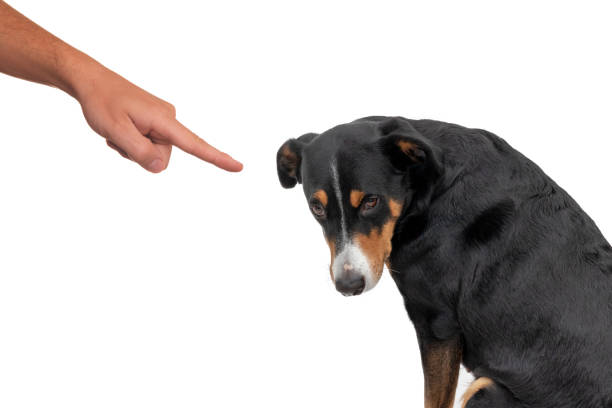Does Training Method Matter? Evidence for the Negative Impact of Aversive-Based Methods on Companion Dog Welfare

Dog training methods range broadly from those using mostly positive punishment and negative reinforcement (aversive-based) to those using primarily positive reinforcement (reward-based). Although aversive-based training has been strongly criticized for negatively affecting dog welfare, there is no comprehensive research focusing on companion dogs and mainstream techniques, and most studies rely on owner-reported assessment of training methods and dog behavior. The aim of the present study was to evaluate the effects of aversive- and reward-based training methods on companion dog welfare within and outside the training context. Ninety-two companion dogs were recruited from three reward-based schools (Group Reward, n = 42), and from four aversive-based schools, two using low proportions of aversive-based methods (Group Mixed, n = 22) and two using high proportions of aversive-based methods (Group Aversive, n = 28). For evaluating welfare during training, dogs were video recorded for three sessions and six saliva samples were collected, three at home (baseline levels) and three after training (post-training levels). Video recordings were used to examine the frequency of stress-related behaviors (e.g., lip lick, yawn) and the overall behavioral state of the dog (e.g., tense, relaxed), and saliva samples were analyzed for cortisol concentration. For evaluating welfare outside the training context, dogs participated in a cognitive bias task. Results showed that dogs from Group Aversive displayed more stress-related behaviors, were more frequently in tense and low behavioral states and panted more during training, and exhibited higher post-training increases in cortisol levels than dogs from Group Reward. Additionally, dogs from Group Aversive were more ‘pessimistic’ in the cognitive bias task than dogs from Group Reward. Dogs from Group Mixed displayed more stress-related behaviors, were more frequently in tense states and panted more during training than dogs from Group Reward. Finally, although Groups Mixed and Aversive did not differ in their performance in the cognitive bias task nor in cortisol levels, the former displayed more stress-related behaviors and was more frequently in tense and low behavioral states. These findings indicate that aversive-based training methods, especially if used in high proportions, compromise the welfare of companion dogs both within and outside the training context.
Vieira de Castro AC, Fuchs D, Morello GM, Pastur S, de Sousa L, Olsson IAS (2020) Does training method matter? Evidence for the negative impact of aversive-based methods on companion dog welfare. PLoS ONE 15(12): e0225023. https://doi.org/10.1371/journal.pone.0225023
Photo: iStock.com/Vincent Scherer
View ResourceTopic(s): Behavior, Breeder Resource, Dog to People - Skill Building, Social Interactions